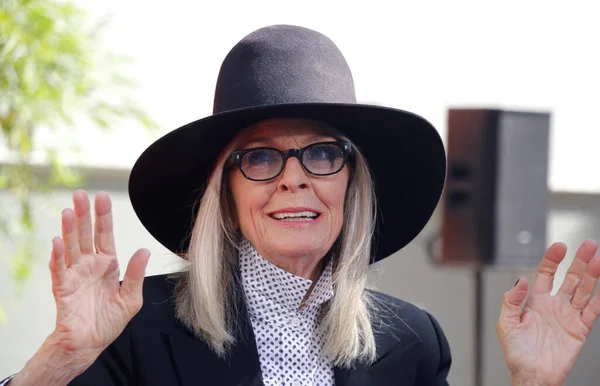
Few actresses could laugh, cry, and redefine the very concept of a leading lady like Diane Keaton. Her death at 79 in California is an absence in Hollywood that is impossible to fill. She was a film chameleon for more than half a century gliding from comedy to drama, but stamping her own identity and personality on every role.
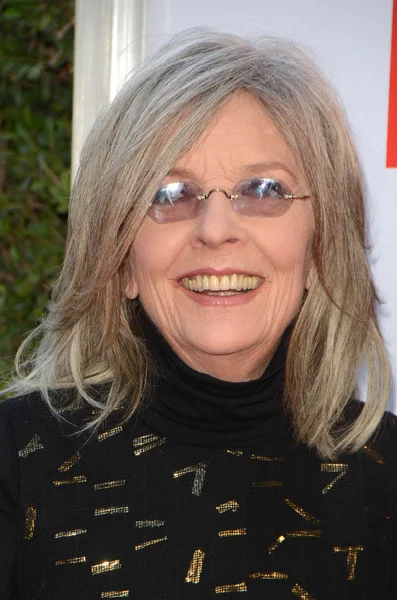
1. The Breakthrough Roles That Defined an Era
Keaton began on Broadway in 1968 in “Hair,” boycotting the nude scene famously, foreshadowing her commitment to realism from an early stage. On screen, she initially appeared playing Kay Adams in Francis Ford Coppola’s “The Godfather” (1972), repeating the role in Parts II and III. As the outsider within a mafia dynasty, she demonstrated stoic strength and moral character that was consummated in one of cinema’s greatest confrontations. But as the offbeat, men’s clothing-wearing heroine in Woody Allen’s “Annie Hall” (1977), she won an Academy Award for Best Actress and became a fashion icon.
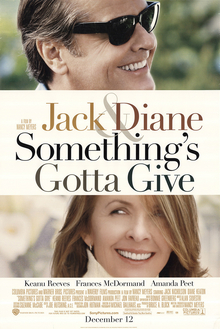
2. A Career of Versatility and Depth
Keaton’s body of work is a masterclass in diversity. She received Oscar nominations for “Reds” (1981), “Marvin’s Room” (1996), and “Something’s Gotta Give” (2003), as well as the Oscar she received for “Annie Hall.”
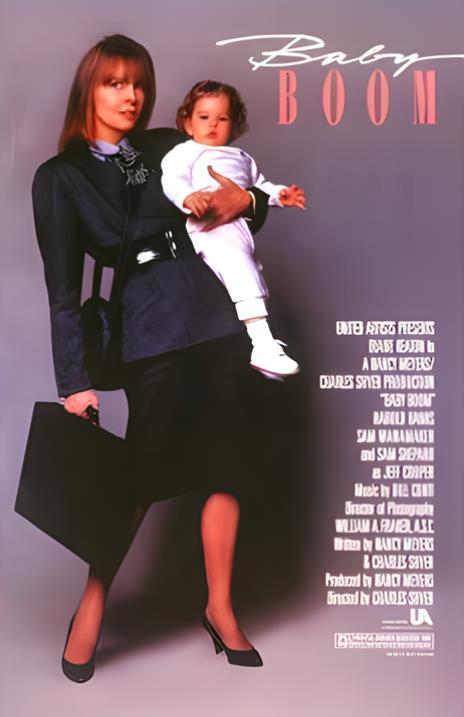
She slid effortlessly from the satirical snap of “Sleeper” to the poignantly realistic “Shoot the Moon,” from the effervescent charm of “Baby Boom” to the ensemble magic of “The First Wives Club.” As a grown woman, she captivated audience members in “Book Club” and “Poms,” demonstrating that her charm was ageless.
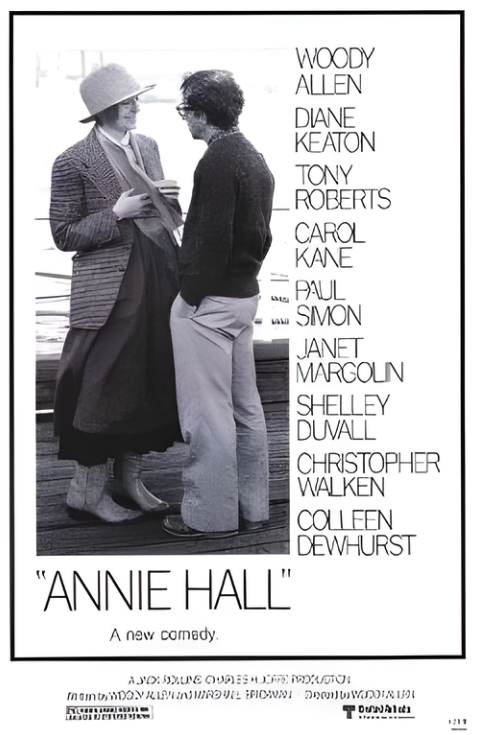
3. Cultural Impact Off the Screen
Her influence stretched far beyond the monitor. Keaton’s offbeat style in “Annie Hall” hats, vests, and loose-fitting pants created a national craze. She was a photographer, authored three memoirs, and an architectural preservationist of the past. In 2017, the American Film Institute presented her with a Lifetime Achievement Award, where Woody Allen joked about her eternally chic “She looks like the woman in ‘A Streetcar Named Desire’ who comes to take Blanche away.”
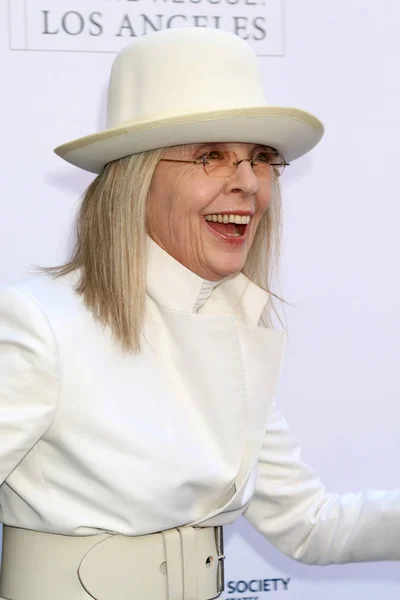
4. Riding Fame on Authenticity
Keaton would talk about her own insecurities fairly openly, once admitting in an interview, “I just don’t like the way I look and sound.” She never watched her own films, but her performances were genuine and confident. She never married, preferring to be independent, and took in two boys Dexter and Duke whom she reported brought her the greatest happiness.
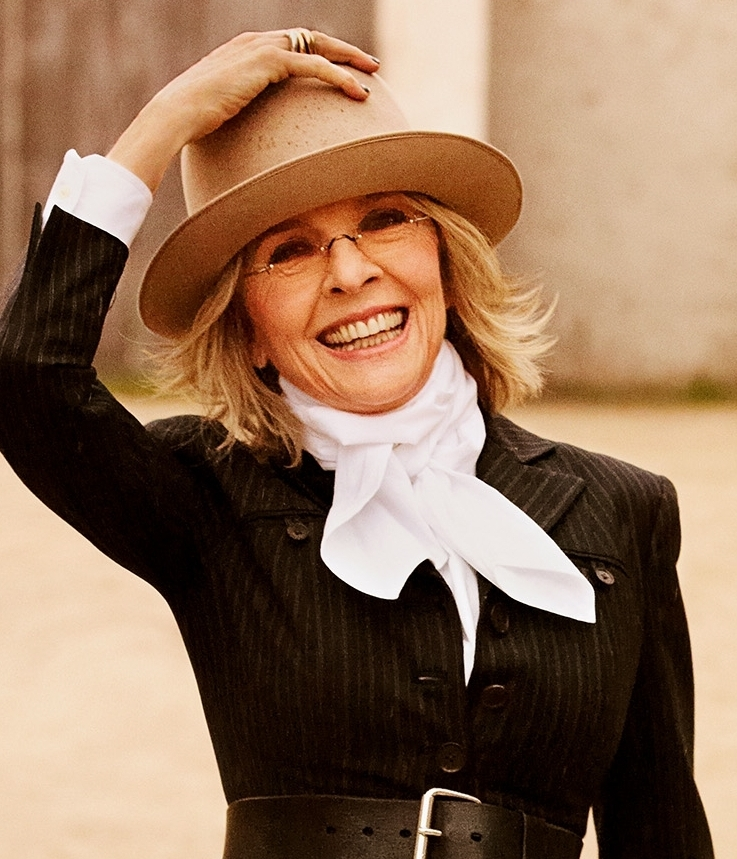
5. Why Losing a Cultural Icon Hurts
To some, the death of Keaton is not the passing of an actress it’s the passing of a friend on the journey of feelings. It is something that has been found by psychologists to be the norm when their line of work has been a source of comfort or part of oneself. Viewers experience a “secondary loss” knowing that there will be no new films, no new interviews, no surprise Instagram updates from her enchanted stream.
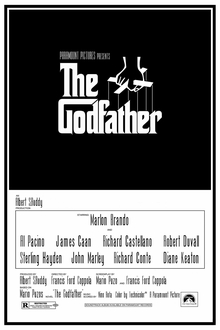
6. Coping with the Grief
Professionals suggest that to pay respect to the connection one simply return to her movies see “Annie Hall” for its subtle humor, or “The Godfather” for its subtle power. Re-experiencing memories on the internet or with fellow fanatics can give feelings substance, and creating a personal memorial a memory box of best film moments photos is one method of processing emotion. Stepping back from the endless tide of social media memorials can also give space to reflect without being drowning.
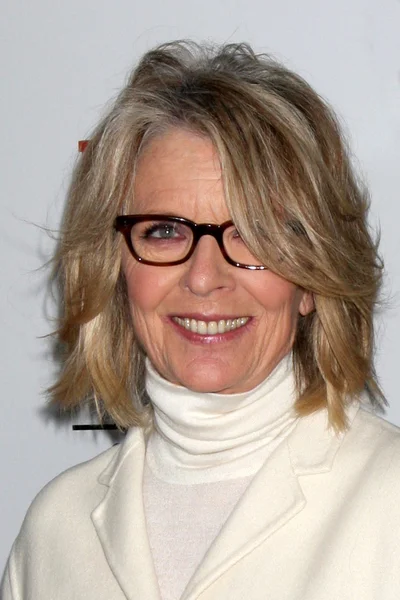
7. The Evolving Role of Women Through Her Eyes
Keaton’s career reflects the evolving image of women in Hollywood. From the limited role of Kay in a patriarchal society establishment to Annie’s self-deprecating humor, to Erica Barry’s grown-up romantic awakening in “Something’s Gotta Give,” she played women who broke convention. Her choices reflected and sometimes anticipated more complexity for women leads, and her oeuvre is a touchstone for arguments over representation.
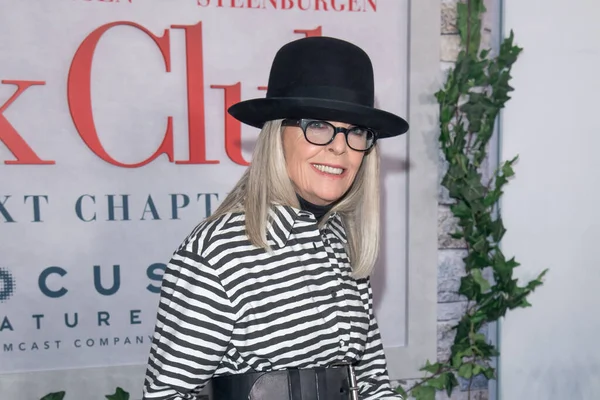
8. A Legacy That Lives On
Keaton’s blend of vulnerability, wit, and elegance ensured her place in film history. As she once said, “I’d like a life like Katharine Hepburn’s in terms of work. She matured. She made the changes.”
She did exactly that maturing, evolving, and leaving behind a body of work that will continue to inspire, comfort, and challenge audiences for generations.


